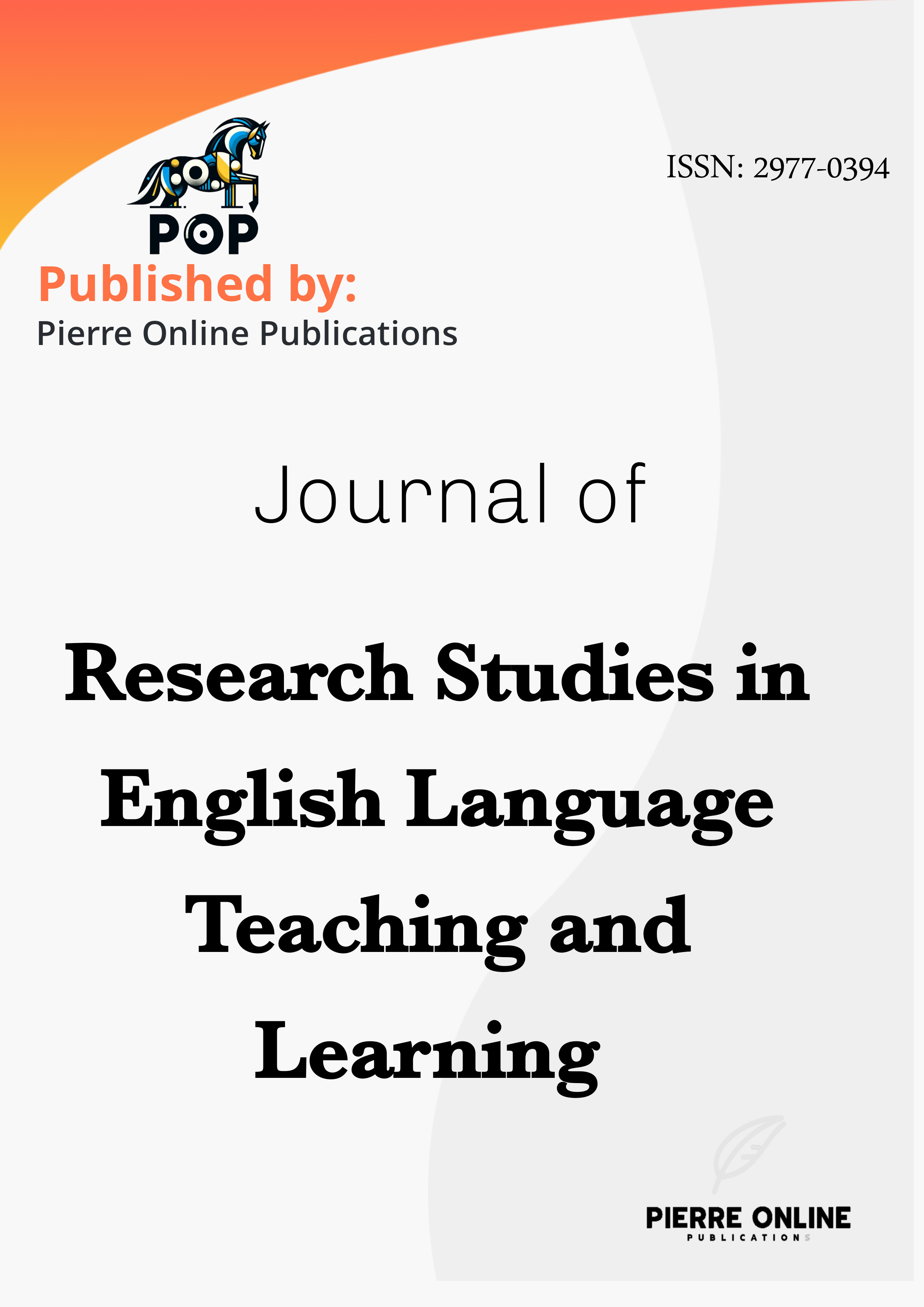Analysing the power of socioeconomic status on access to technology-enhanced learning in secondary schools
Main Article Content
Abstract
This study examines the influence of socioeconomic status (SES) on access to technology-enhanced learning in secondary schools. The results revealed that there existed important differences in technology access according to the SES of the students. Students from higher SES backgrounds are often provided with personal computers, stable internet connectivity, and digital tools, which eventually enrich their educational experiences and outcomes. However, students from low SES families face a variety of barriers, including low accessibility to technology and the least familiarity with digital tools, which get exacerbated under the material constraints of financially poor schools. These inequities pinpoint a strong sense of urgency related to appropriate interventions for closing the digital divide and supporting equity in education—where all learners must have equal opportunities, regardless of their backgrounds, to benefit from learning that has been enhanced by the use of technology. It points toward full approaches with elements ranging from increased access to digital resources and targeted student and teacher support to a culture of digital literacy and inclusion.
Downloads
Article Details

This work is licensed under a Creative Commons Attribution 4.0 International License.
The Research Studies in English Teaching and Learning (RSELTL) Journal adopts the Creative Commons Attribution 4.0 International License (CC BY 4.0). This license allows for the free distribution and modification of the work, provided that the original author and source are credited. The CC BY 4.0 license is designed to promote the dissemination of scholarly work while protecting the rights of authors.
Author Rights
Under the CC BY 4.0 license, authors retain extensive rights to their work, including but not limited to:
-
Ownership of Copyright: Authors maintain copyright ownership of their work, permitting them to deposit their work in institutional repositories, share their work as they deem appropriate, and publish their work elsewhere, provided that the original publication in RSELTL Journal is properly cited.
-
Use and Distribution: Authors are entitled to unlimited use and distribution of their own work for educational and scholarly purposes, as long as the original work is properly cited.
-
Adaptation and Derivatives: Authors have the right to adapt, modify, or create derivatives of their work, provided that the original work is properly cited, and the modifications do not misrepresent the original work.
User Rights
In accordance with the CC BY 4.0 license, users (readers, scholars, and researchers) are granted the following rights:
-
Access and Distribution: Users are allowed to read, download, copy, distribute, print, search, or link to the full texts of articles published in RSELTL Journal without seeking prior permission from the publisher or the author, as long as the original work and authorship are properly cited.
-
Creation of Derivative Works: Users may adapt or create derivative works from the RSELTL Journal articles, provided that the original work is properly cited, and the derivative work is distributed under the same CC BY 4.0 license.
Responsibilities and Restrictions
-
Attribution: Proper attribution must be given to the original author(s) and the RSELTL Journal, including provision of a link to the original work and indication if any changes were made.
-
No Additional Restrictions: Users must not apply legal terms or technological measures that legally restrict others from doing anything the license permits.
-
Commercial Use: The CC BY 4.0 license permits commercial use of the works, as long as the original work and authorship are properly cited.




